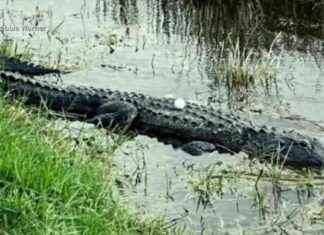Military personnel are not at high risk for brain injury. However, they rarely suffer from chronic traumatic encephalopathy (CTE). This disabling condition is often seen in ex-boxers and footballers.
A team of researchers reports that less than 5% of the 225 brains of deceased service personnel showed evidence of CTE.
A 2017 study on brains of NFL and college football players who had died found 87% of them to have signs of CTE.
CTE was unlikely to be diagnosed in service personnel who were subject to bomb blasts. Only 6.7 percent of brains of 45 people who were exposed to blasts received the diagnosis.
These results indicate that “serving as a military officer and being exposed to blasts is probably not a risk factor for developing CTE,” Dr. Daniel Perl, who is a professor at Uniformed Services University in Bethesda. He was also one of the study’s co-authors.
CTE is only diagnosed in the event that a person has already died. A pathologist examines the brain for high levels of toxic protein tau during an autopsy.
This condition can be associated with mood problems and dementia as well as a variety of psychiatric disorders.
CTE symptoms are similar to those experienced by military personnel who have been exposed to bomb blasts.
Some doctors are concerned that CTE may be partially responsible for high suicide rates and post-traumatic stress disorder (PTSD), among veterans who have served in Iraq or Afghanistan.
Perl says that relatives were claiming that their personalities had changed and that they were having trouble sleeping.
Researchers looked to the Brain Tissue Repository for evidence of CTE, which is managed by the Uniformed Services University and the Department of Defense under Perl’s supervision.
Perl states, “We said that this was an opportunity to look at these brains and see how CTE played any role in this problem.”
The team discovered that only three of the 10 brains with CTE were from service personnel who had been exposed by bomb blasts.
Perl said, “Then we discovered that all ten had participated in contact sports.”
These results support the idea that sports and bomb impacts can have different effects on the brain.
A head impact can cause brain injuries in boxing or football. A bomb blast causes a pressure wave to pass through the brain tissue, which causes it to deform and stretch.
Perl states, “The physics of it are different.” “And it seems that the pathology that results from it is also different.”
Perl states that both blasts and impacts can cause lasting damage.
He says, “One should not think that the brains are normal because they didn’t find CTE.” “This is clearly not true.”
Perl also says that most of the brains used in this study were from young people. It’s possible that more people would have developed CTE as they grew older.







